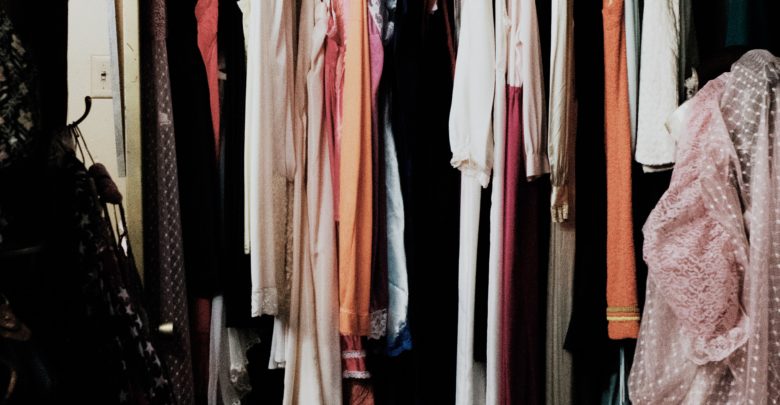Top 5: Ways to thrift sustainably
Here are some ways to ditch fast fashion and help save the environment, all while creating a vintage aesthetic
 Adrienne Leonard
Adrienne LeonardDo you ever think about the things you’ve donated after you drive away from your local donation centre? My guess is probably not.
Many of us donate used items that we no longer need and want as a way of recycling. One of the most popular items donated and resold at thrift stores is clothing. In fact, the rise in vintage and retro fashion trends has sparked a wide interest in clothes that may have been sitting in your uncle’s closet for the last 20 years!
There’s nothing wrong with purchasing clothing secondhand. In fact, I would argue that it’s a way better practice than shopping brand new. It also allows you to recycle clothing that hasn’t been used in a while and could live another life! The dark side of thrifting though is that with its rise in popularity, we have seen a new wave of fast fashion practices.
Fast fashion involves buying cheaply made clothes that don’t last as long. Consumers then end up buying and discarding clothing at a much faster rate than ever before. Some of the biggest fast fashion culprits include H&M, Zara, Topshop, Gap, Walmart, and online stores such as SHEIN and ASOS.
As you can imagine, fast fashion also has detrimental effects on our environment, all the way from the resources it takes to produce these large quantities of clothing, to the atmospheric impact of burning unwanted items in landfills.
When it comes to thrifting, the line between sustainable shopping and fast fashion practices is becoming blurred. While donations to thrift stores have increased substantially over the last few years, only ten per cent of what is donated is resold, with the rest either discarded straight into a landfill or shipped overseas. Some of the clothing may be resold at secondhand clothing markets once it arrives overseas, but the majority ends up in landfills to be burned.
So how can we make more sustainable clothing choices, especially when we thought that we were already making sustainable clothing choices? Here are a few ways to continue thrifting without having such a detrimental impact on the environment.
1. Shop non-profit
Many brand name thrift stores like Goodwill Industries, Habitat for Humanity ReStore, and The Salvation Army are not-for-profit, but other vintage stores like Value Village are for-profit.
Be aware of which organizations you’re supporting and what they in turn support with their proceeds. For example, organizations like the Salvation Army have been accused of discriminatory practices regarding the LGBTQ+ community. Reading up on organizations, their backgrounds, and how their values align with your own is always a good idea.
2. Buy for longevity’s sake — check labels!
Try to purchase well-made items, even if they are more expensive. By buying less for better quality, you spend around the same amount and you are doing something good for the environment.
This is especially important for items like jeans, sweaters, and tops. Good quality denim may be old when you spot it at the thrift store, but it can still last up to five to ten years longer than jeans made with synthetic fibres. Look for brands such as original Levi’s, Lee, or anything made of 100 per cent cotton denim, instead of denim made with stretch fibres.
Sweaters and tops made by brands such as Hilfiger, Columbia, B.U.M Equipment Co., or anything made locally in North America are also usually higher quality.
This doesn’t mean that you should only buy brand names when thrifting, as many of these companies’ quality has gone down in recent years. That said, finding older items made with good quality fabrics is key to finding a solid piece. Check the labels! Higher quality and more sustainable fibres include cotton, wool, linen, or silk, all of which are considered natural fibres.
3. Buy less
Downsize the overall quantity of your closet. Choose certain pieces that go together to make different outfits, rather than having 16 t-shirts in various shades of blue. This will get you into the mindset of shopping for outfits and combinations that overlap, rather than a multitude of single items. You’ll also find that you end up getting more wear out of your clothes, rather than having items sit in the back of your closet until they reach their expiration date.
4. Swap clothing with friends and family
Instead of constantly decluttering your closet by dropping things off at a donation centre, try having a clothing swap with friends and family. Giving your clothes a new home away from the landfill and gaining a new item in return is a great strategy.
5. Recycle it yourself
When less than one percent of discarded clothing actually ends up being shredded for fibers and recycled into new garments, why not take matters into your own hands? Cut up and repurpose unwanted garments and make something new that you can use. Some ideas might include a cloth grocery bag, material for a face mask, a t-shirt quilt, or hair accessories.




